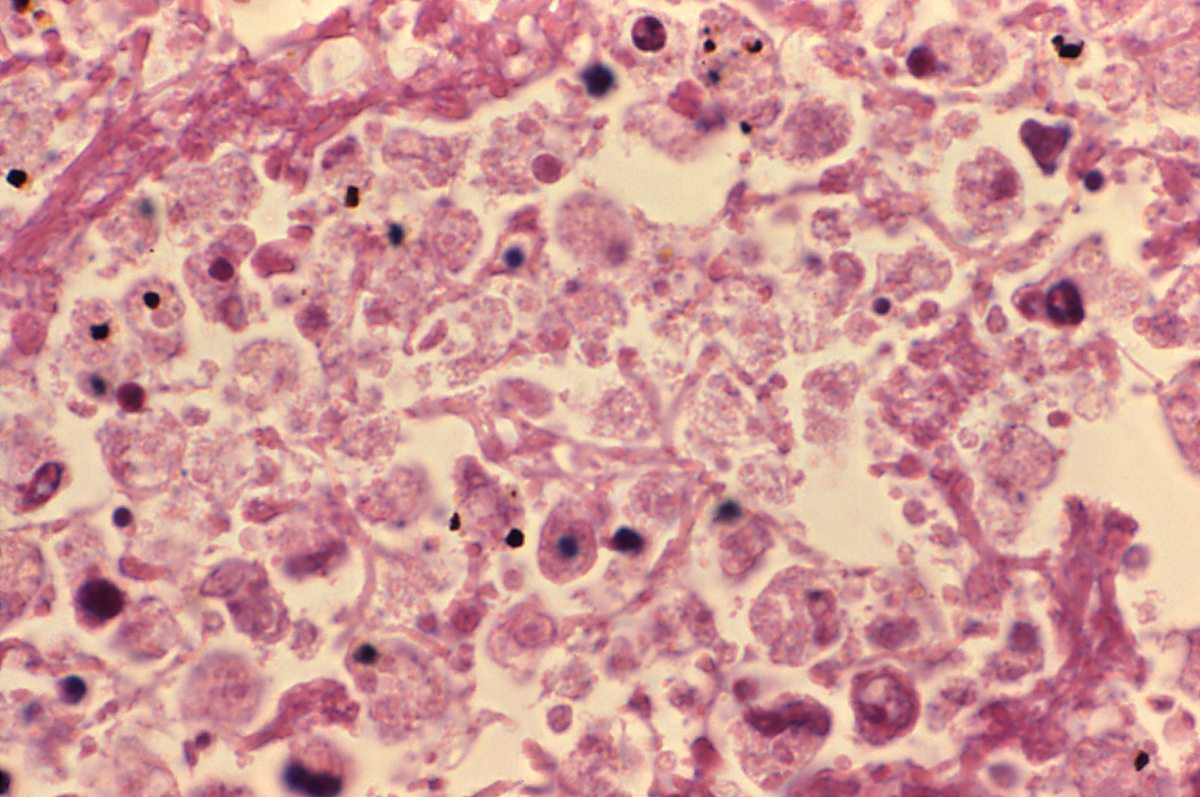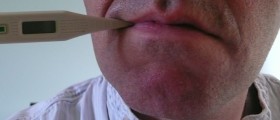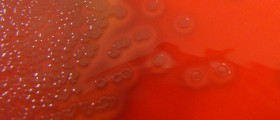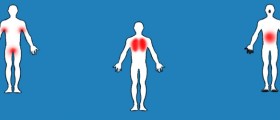
Legionnaires' disease has been first reported in 1976. This pulmonary infection occurred at an American Legion convention.
Legionnaires' disease also known as legionellosis is infective illness caused by the bacterial genus Legionella. The bacteria are directly spread from a person to person. Inhalation of the infective agents causes the disease. Heavy smokers and immunocompromised patients are prone to legionellosis more than healthy population. Legionellosis may occur in two forms. The first one is Legionnaires' disease and the second one is Pontiac fever.
The Spread of the Infection
People inhale the water droplets that are rich in bacterium. These droplets may originate from showers or facets. The infection can be easily spread by air conditioning. Additionally, this bacterium can be spread after accidental aspiration of liquids that contain bacteria.
Symptoms of Legionnaires' disease
The incubation period lasts approximately 2 weeks. After that a patient may complain about headaches and painful muscles. Additionally, chills occur. Increased body temperature is around 104 F or even higher. A few days after the onset of the infection a patient will develop cough and chest pain. There may be mucus in sputum and traces of blood. In not so many patients shortness of breath can occur. Patients are rather exhausted and they eat less. Even abdominal symptoms such as nausea, vomiting or even diarrhea may be present. In elderly and immunocompromised patients mental changes and confusion may be noticeable. The lungs are predominantly affected by this disease.
Symptoms of Pontiac Fever
Incubation period for Pontiac fever lasts couple of days. Pontiac fever is mild form of legionellosis. It features with high body temperature and chills. Headache together with muscle pain are additionally present. Luckily Pontiac fever lasts up to five days and it is not serious medical condition.
All the patients who have been exposed to Legionella bacterium may expect that they will develop the disease so after the symptoms have occurred they should discuss treatment options with their doctor. If the Legionnaires' disease has been diagnosed on time the length of infection may be drastically reduced and intensity of symptoms decreased. Even certain possible complications can be avoided.
Treatment for Legionnaires' Disease
This infection can be easily treated with antibiotics. Erythromycin is only one antibiotic that can eradicate bacteria. Immunocompromised patients most commonly require hospitalization and continuous monitoring. They are administered intravenous medications and fluids. If they feel shortness of breath oxygen is administered. Sometimes if the symptoms include chest pain or low blood pressure cardiac monitoring is required.

















Your thoughts on this
Loading...